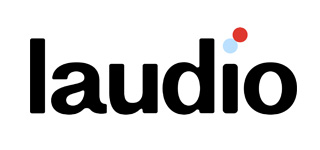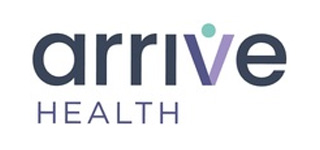Ivantis today announced long term results of the Australian cohort of the Global SPECTRUM registry. SPECTRUM is a post market patient registry for the Hydrus® Microstent, a microinvasive glaucoma surgery (MIGS) device to treat patients with open-angle glaucoma in conjunction with cataract surgery or as a stand-alone procedure outside the United States.
The SPECTRUM Registry was conceived in collaboration with leading Australian glaucoma specialists and comprehensive ophthalmologists. The study received initial ethics approval from the Royal Australia New Zealand College of Ophthalmologists (RANZCO) in 2014. Over 900 patients were recruited from 12 top eye surgery centers across Australia and New Zealand, making this the largest body of MIGS data produced from the region to date. SPECTRUM Australia includes a broad range of disease ranging from very mild glaucoma patients undergoing cataract surgery to stand-alone patients with moderate disease unresponsive to medical therapy to advanced cases requiring standalone Hydrus following unsuccessful conventional glaucoma surgery. Follow-up at 3 years was completed in 70% of eligible subjects.
The data will be presented at the Royal Australian & New Zealand College of Ophthalmologists Annual Scientific Congress in Sydney, Australia on November 9, 2019 by Ashish Agar, MBBS, PhD. A glaucoma specialist from the Prince of Wales Hospital in Sydney, Dr. Agar was one of the first surgeons to use the Hydrus Microstent in Australia & New Zealand.
Key findings at 3 years include:
- In patients undergoing combined cataract surgery and Hydrus placement, mean IOP dropped over 20% with concurrent elimination of a full medication
- In patients undergoing standalone Hydrus placement, mean IOP dropped roughly 30%, with concurrent elimination of a full medication (this group had higher baseline pressures due to more severe disease)
- Patients in the registry reached average intraocular pressures of 15 mmHg or less in both the combination cataract surgery and standalone treatment groups
- The results in both treatment groups were consistent at 1, 2, and 3 years, making the SPECTRUM Australia series the largest MIGS series followed for 3 years
According to Dr. Agar, a contributor to SPECTRUM Australia, “It’s an honor to see the effort put into the SPECTRUM registry follow up come to fruition with the release of this comprehensive and important data set dedicated to Australian and New Zealand glaucoma patients. I have now used the Hydrus for over 5 years, and a few things about this data set stand out. First, the device effect is remarkably consistent over time, which is critical when remembering that glaucoma is a long-term disease. Second, it is clear from the results of the combination and standalone groups that the device significantly lowers IOP with or without cataract surgery. This is especially important as standalone data has been crucial in our advocacy for this technology to be accessible to all patients, not just those with co-existing cataract. Finally, not only does this data mirror the robust published randomized trial results we have seen with Hydrus, but there is great consistency across all 12 sites in SPECTRUM, and that is reassuring on many levels. I wish to congratulate Ivantis, and my fellow investigators for the commitment to this important initiative for our patients.”
Dr. Brendan Cronin, Director of Education at the Queensland Eye Institute, and leading contributor to the registry, commented, “The Hydrus has become an invaluable addition to my practice since I added it 5 years ago. As a general ophthalmologist, typically treating milder disease in conjunction with cataract surgery, my goal is to safely eliminate medications for my patients. I find the Hydrus excels in achieving this. Our patients typically reflect the mildest end of the disease spectrum, and we found that over 80% of our patients remained medication free to 2 years and over 70% remain so at 3 years. My referring optometrists have noticed a profound impact from Hydrus with their patients, and it’s a privilege to now see this experience become a part of the broader 3 year SPECTRUM Australia presentation.”
Ivantis was founded in 2007, and the Hydrus has been developed in part through investment support from GBS Ventures of Melbourne.
Dave Van Meter, President and CEO of Ivantis, remarked, “Ivantis has been built with a goal to provide the most robust data sets in the MIGS space to allow surgeons to make the most informed decisions for their patients. We are thrilled to have endeavored on this major undertaking in partnership with key ophthalmology leadership in Australia and New Zealand. We now look forward to ongoing commercialization in the region on the back of this important new data set dedicated to Australian and New Zealand patients and the surgeons who treat them.”



